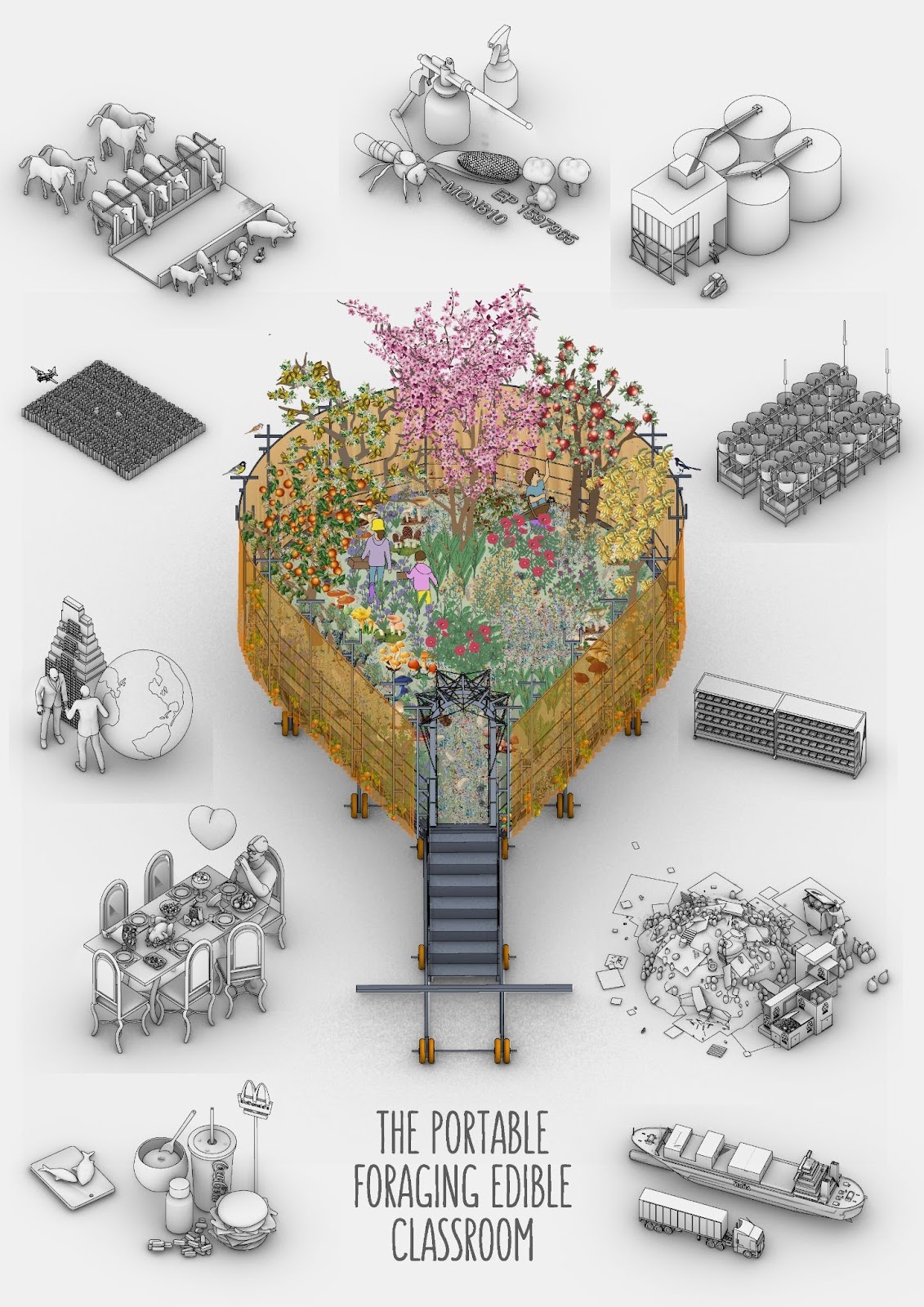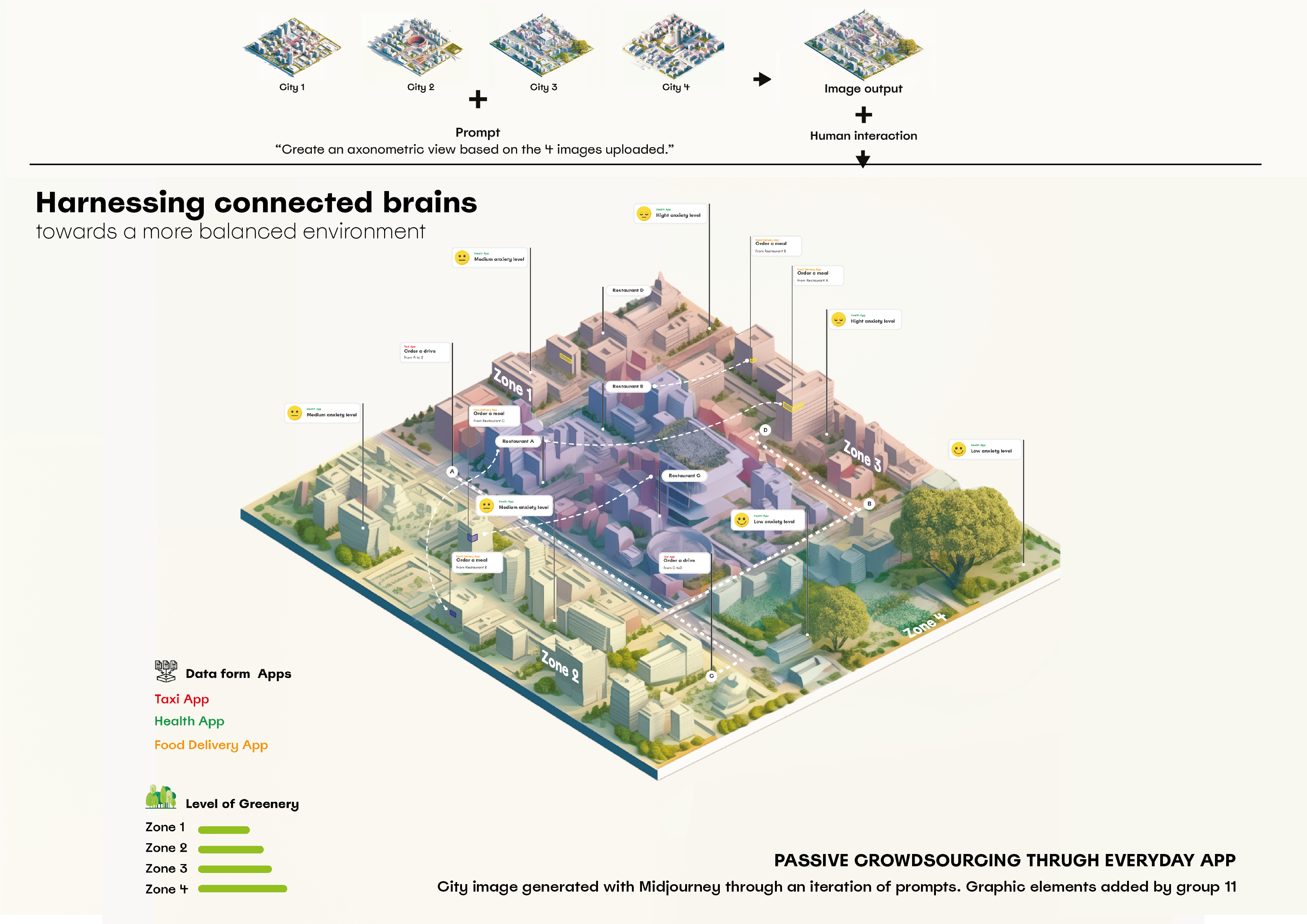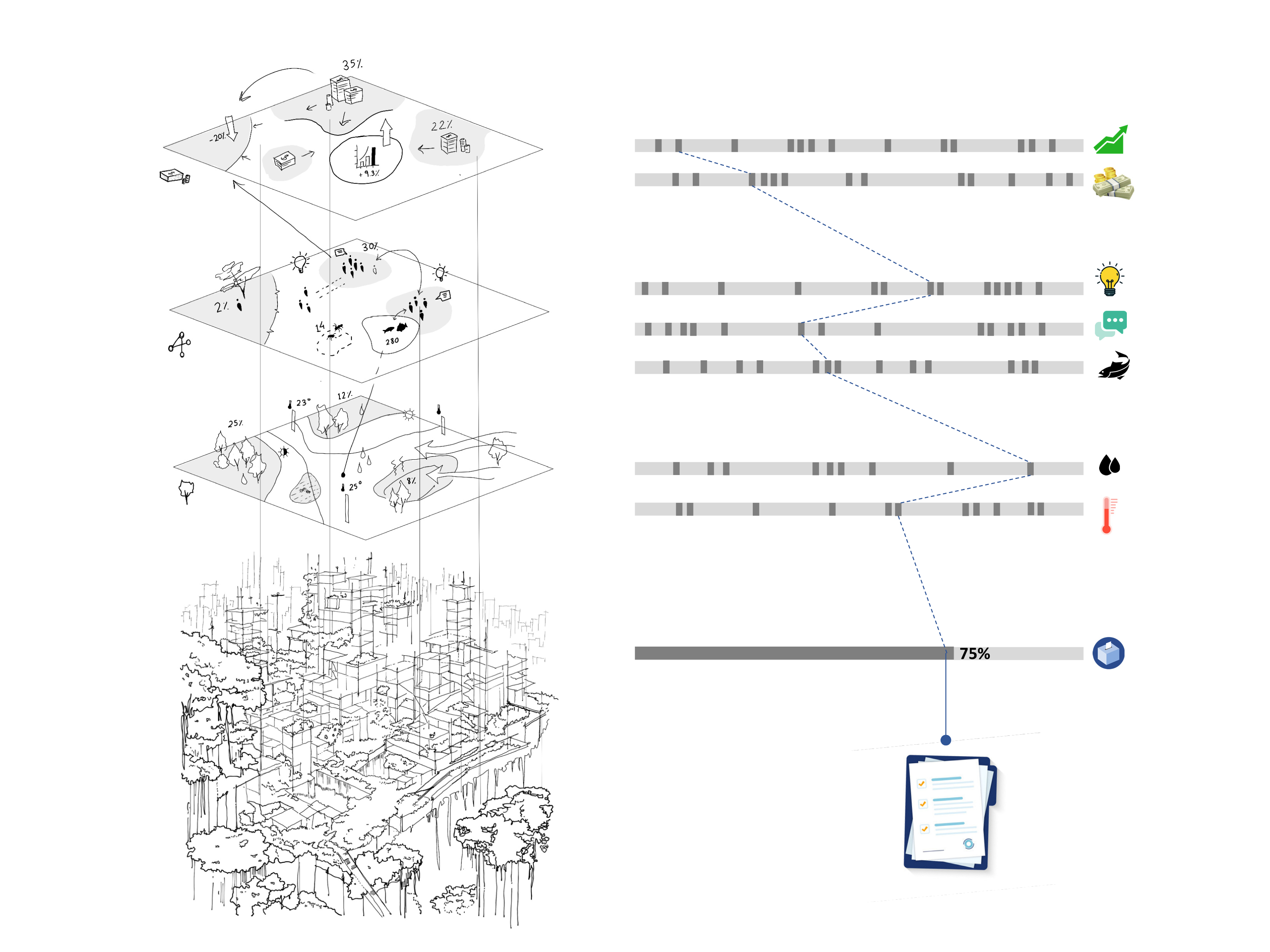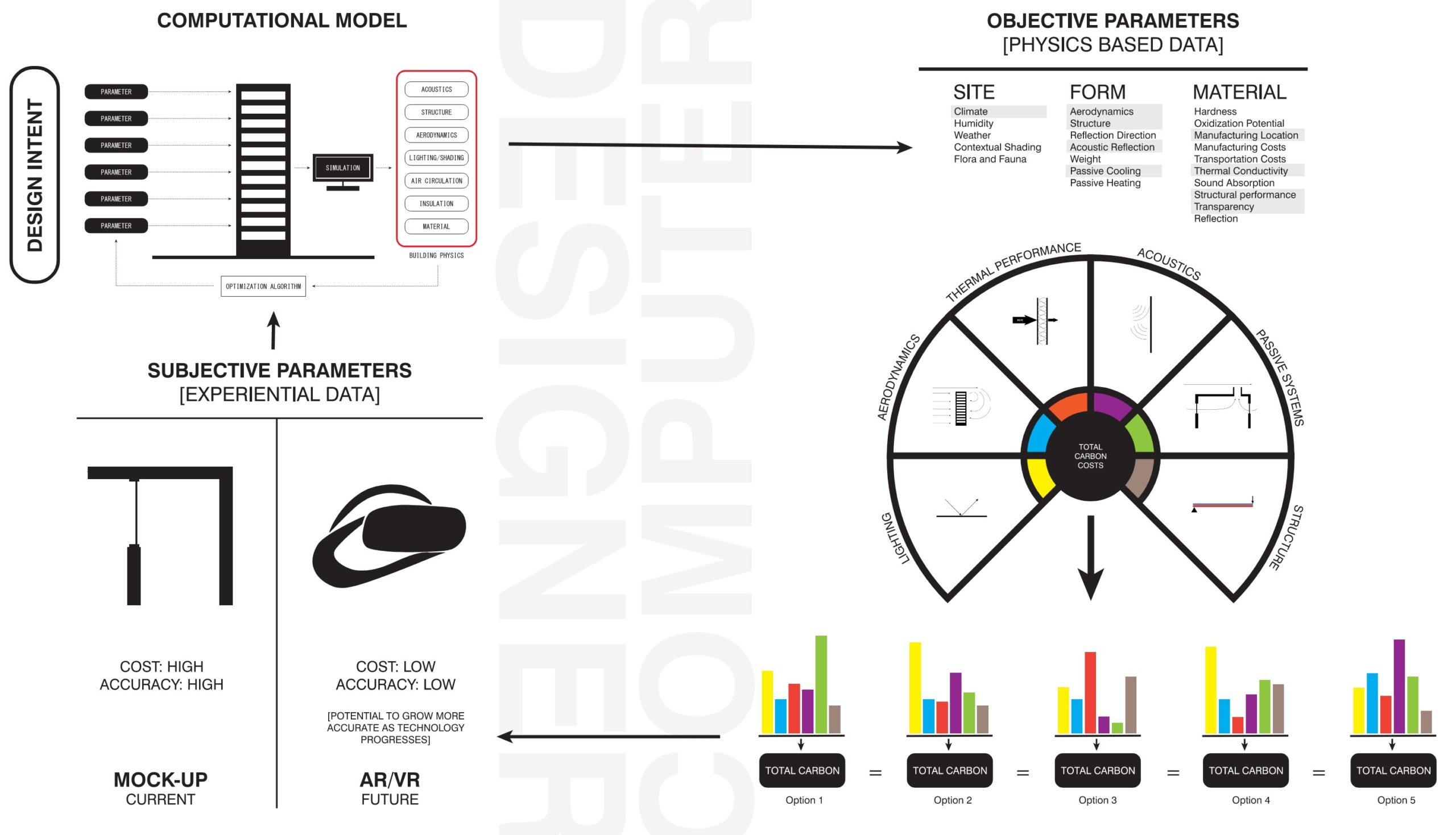Environmental Entanglements in Design
MaCAD Environmental and Structural THEORY SEMINAR

Source: Future Food Deal Visions, Tallinn Architecture Biennale, TAKK Architects, TAB 2022
The realm of environmental design within computational frameworks predominantly revolves around employing digital simulations to gauge various performance metrics, such as solar exposure, wind patterns, lighting conditions, and temperature and comfort levels. While these metrics are pivotal for sustainable design, their potential falls short unless integrated with broader ecological, social, and technological dynamics. In the current landscape of interconnected crises, encompassing public health, climate change, and environmental disparities, a redefined role for the concept of ‘environment’ emerges. Rather than being a passive, static backdrop against which an architectural entity is situated, the environment, along with its associated resources, can literally transform into the focal point of design itself. This paradigm introduces fresh principles of planetary cohabitation, resource cycling, and building performance. It compels us to recognise that sustainability challenges are not solely abstract and statistical; they resonate in tangible ways, affecting our bodies, the food we consume, the water we rely on, and the air we breathe.
This course delves into the intricate interplay between architectural design, technology, and the production of the built environment, all within the context of environmental sustainability. It aims to highlight the ongoing interweaving of environmental design with various aspects of the built environment, where computational methods may or may not play a pertinent role. These include alternative building materials, the metabolic flow of resources, the embodied carbon footprint of buildings, waste generated in production processes, advanced manufacturing techniques, biodiversity, and inter-species ecologies, among others.
Through a combination of multidisciplinary experts lectures and critical discussions,, students will cultivate a profound comprehension of the intricate connections between architecture and the environment. This knowledge will lay the groundwork for innovative architectural and computational design approaches in response to urgent environmental challenges.
Throughout the course, students will delve into the fundamental principles, methodologies, and technologies that underlie sustainable design practices. Additionally, the course will examine the evolving role of computation in shaping environmentally responsive architecture.
Learning Objectives
The course aims to offer the following learning objectives:
- Develop critical thinking on sustainable and environmental design in architecture and the build environment
- Cultivate a deep understanding of the interconnectedness between architecture and the environment through multidisciplinary expert lectures and critical discussions
- Develop the capacity to apply acquired knowledge in innovative architectural and computational design approaches to address urgent environmental challenges.
- Gain proficiency in the fundamental principles, methodologies, and technologies that underlie sustainable design practices.
- Examine the evolving role of computation in shaping environmentally responsive architecture, with a focus on adaptability and responsiveness to environmental conditions


















